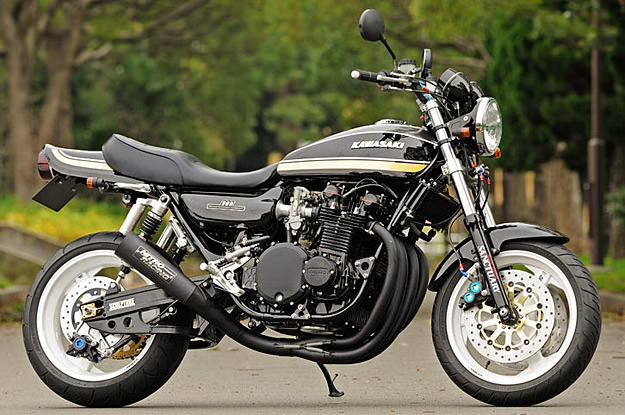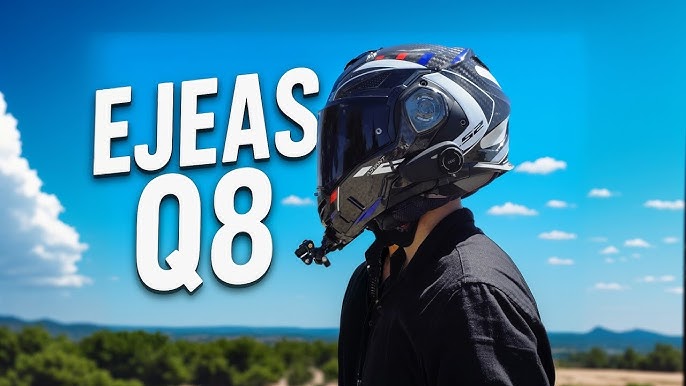The year is 1972. American riders cruise on British triumphs and Harley-Davidsons, basking in the afterglow of the chopper craze. Meanwhile, across the Pacific, a green hurricane is brewing. Kawasaki is putting the finishing touches on a machine that will redefine motorcycling, not just in Japan, but across the globe. This machine is the Z1, and its impact will be nothing short of seismic.

From Underdog to King: A Technological Triumph
Prior to the Z1, Honda reigned supreme with their CB750, a four-cylinder marvel that ushered in a new era of powerful motorcycles. Kawasaki, a relative newcomer to the big-bike scene, wasn't content with playing second fiddle. Their secret weapon? The Z1.
This wasn't just another big-bore machine. The Z1 boasted a monstrous (for the time) 903cc, air-cooled, inline-four engine – a technological marvel codenamed "New York Steak" during development. But the real game-changer was the use of a DOHC (Double Overhead Camshaft) system, a first for a mass-produced Japanese motorcycle. This innovation allowed for more precise valve timing, resulting in a significant leap in power and performance.
Numbers on paper don't tell the whole story. Riders who threw a leg over the Z1 were astonished by its ferocious acceleration and blistering top speed, easily surpassing anything else on the market. The "Green Meanie," as it was affectionately (and sometimes fearfully) called, quickly earned the moniker "The King," leaving competitors scrambling to catch up.
Beyond Power: A Design Revolution
The Z1 wasn't just about raw muscle. Its design was a revelation. Here was a motorcycle that looked as fast as it felt. The flowing lines, the aggressive stance, the purposeful air intake – every detail screamed performance. It wasn't your dad's touring motorcycle; it was a symbol of rebellion, a two-wheeled embodiment of a new era.

The Birth of a Legend: The UJM Takes Over
The Z1's impact transcended Kawasaki. It became the blueprint for what would be known as the "Universal Japanese Motorcycle" (UJM). Honda, Yamaha, and Suzuki all took notice, churning out their own interpretations of the Z1 formula. This new breed of motorcycles – powerful, reliable, and relatively affordable – dominated the market for decades.
The Z1 wasn't just a motorcycle; it was a catalyst. It pushed Japanese manufacturers to the forefront of motorcycle engineering and design, forever changing the global landscape. Its influence is still felt today in the high-performance machines that continue to capture the imagination of riders worldwide.
A Legacy That Endures
The Kawasaki Z1 wasn't without its flaws. Early models earned a reputation for being a bit wild, demanding respect from the rider. However, these quirks only added to its mystique. The Z1 wasn't just a motorcycle; it was an experience, a raw and exhilarating connection between rider and machine.
Today, the Z1 remains a coveted classic, a reminder of a time when Japanese motorcycles roared onto the scene and redefined what a motorcycle could be. The "Green Hurricane" may have calmed down over the years, but its legacy as a machine that reshaped motorcycling continues to inspire and enthrall.






Share:
Boundless Rider now offers motorcycle and powersports insurance for Illinois
Revolutionizing Motorcycle Communication and Safety: Introducing the 2-IN-1 Motorcycle Mesh Intercom & Helmet Camera